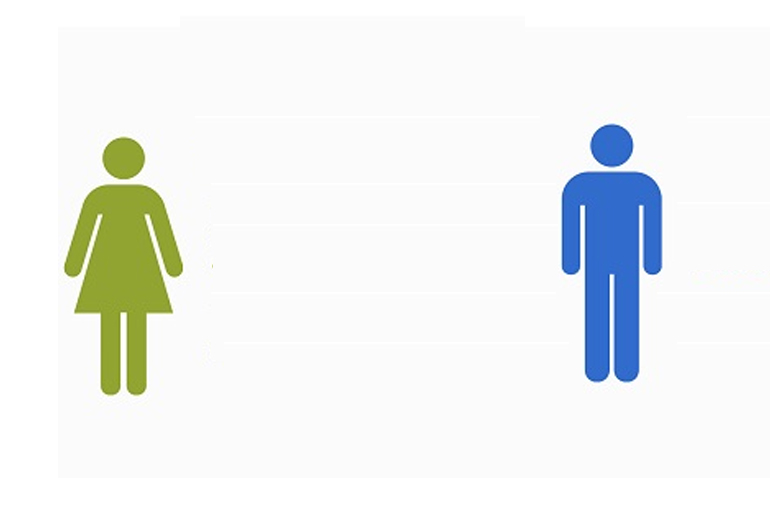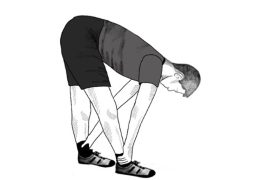The viral challenge of balancing on all fours with elbows on the ground and hands behind the back highlights an interesting gender difference: women generally find it easier to maintain balance in this position than men. This disparity may be due to differences in body composition and center of gravity between genders. Women tend to have a lower center of gravity, which provides more stability in certain balancing poses. Additionally, women typically have a higher proportion of lower-body strength relative to their upper body, which could make balancing in this position easier. In contrast, men’s higher center of gravity and upper-body mass may make it more challenging to stay balanced without toppling forward.
A Pilates instructor and fitness expert at Tone 30 Pilates emphasizes the importance of the center of gravity in achieving balance and stability. This point, where weight is evenly distributed, plays a crucial role in maintaining equilibrium. Women often excel in balance-focused challenges because, on average, they have a lower center of gravity than men. Dr. Shravani explains that this difference stems from variations in body composition; women tend to carry more weight around the hips and thighs, while men generally carry more weight in the chest and shoulders.
Muscle Distribution Differences and Balance Impact
Muscle distribution also affects balance. Men usually have higher upper-body muscle mass, making them “top-heavy,” which can make certain balancing positions more difficult. In contrast, women have more fat and muscle around their lower body, allowing them to rely on core and lower-limb muscles for stability. Men, on the other hand, depend more on upper body and trunk muscles, which affects balance in different ways. Dr. Shravani points out that these distinctions play a role in specific balance challenges but don’t necessarily dictate performance in all situations.
Practical Balance Improvement Tips for Everyday Fitness
Dr. Shravani offers insights on improving balance, regardless of gender. Consistency and variety in exercises are key, as training different muscle groups and balance mechanisms lead to progress. Recommended exercises include:
- Core Strengthening: Planks and stability ball workouts enhance core stability.
- Lower Body Workouts: Squats and lunges help build stability in the legs and hips.
- Balance Training: Using equipment like Bosu balls can improve overall balance.
- Functional Movements: Incorporating movements that mimic daily activities helps develop practical balance.
While viral challenges highlight these gender-based balance differences, Dr. Shravani emphasizes that individual factors such as body size, core strength, and experience play significant roles. Balance is a dynamic aspect of fitness, and improvements can be achieved through targeted and varied training approaches.
Disclaimer:
The information contained in this article is for educational and informational purposes only and is not intended as a health advice. We would ask you to consult a qualified professional or medical expert to gain additional knowledge before you choose to consume any product or perform any exercise.







